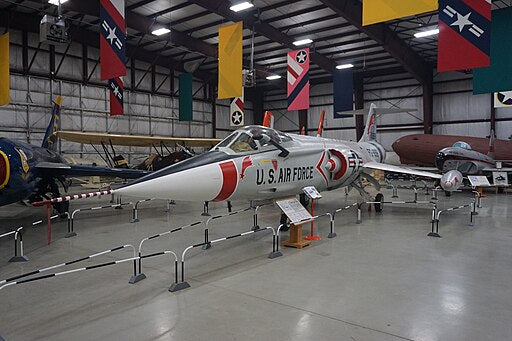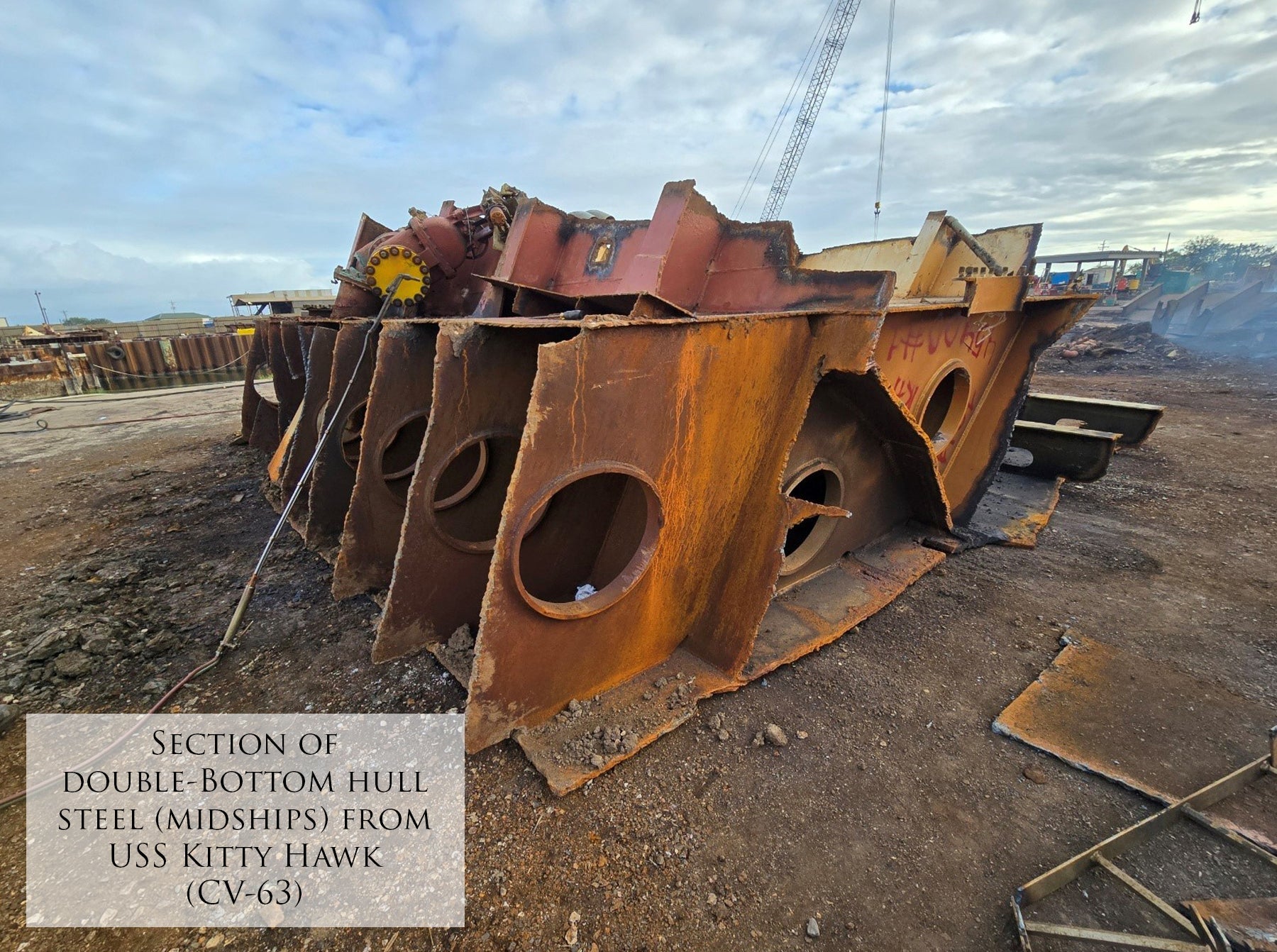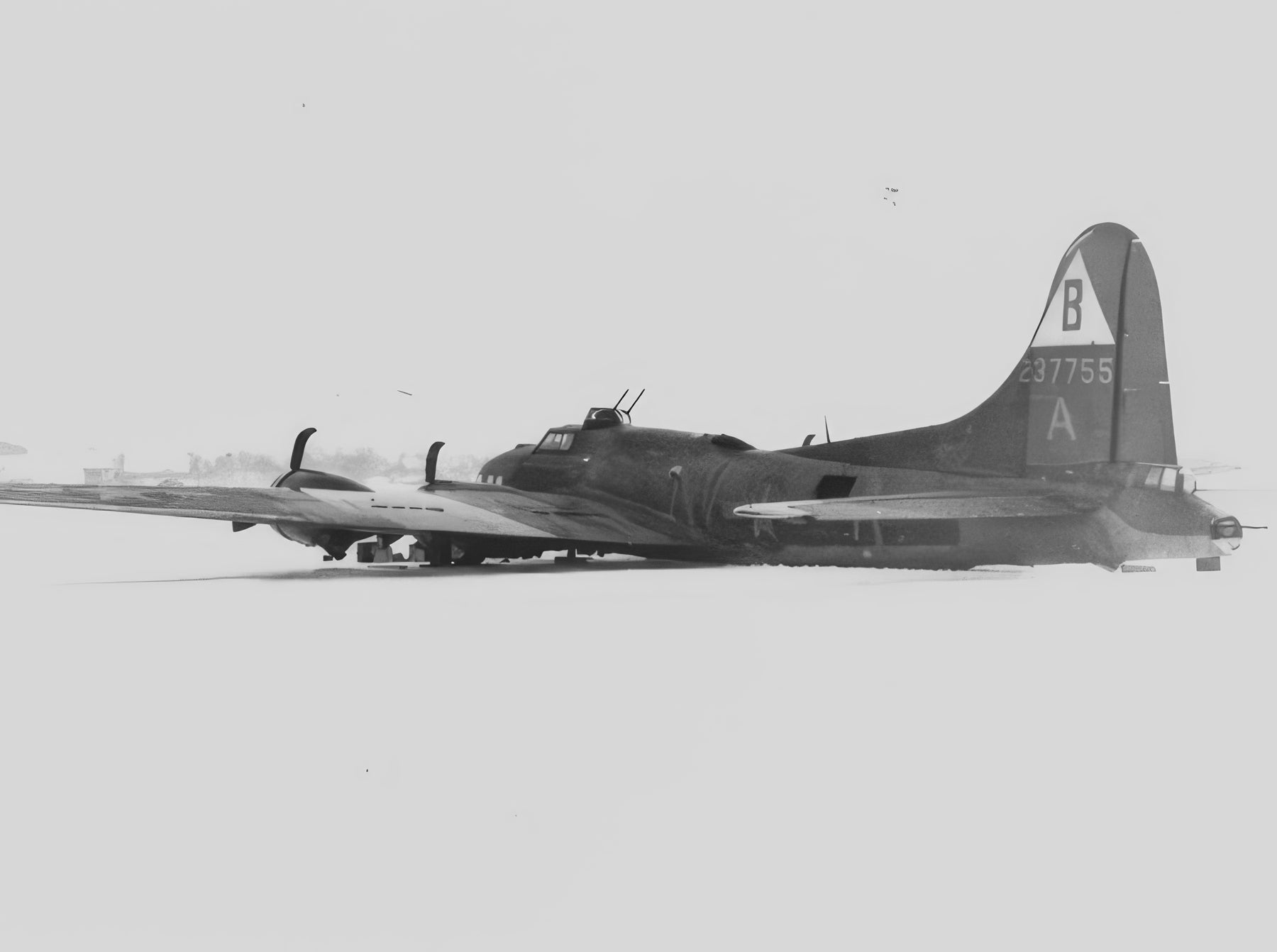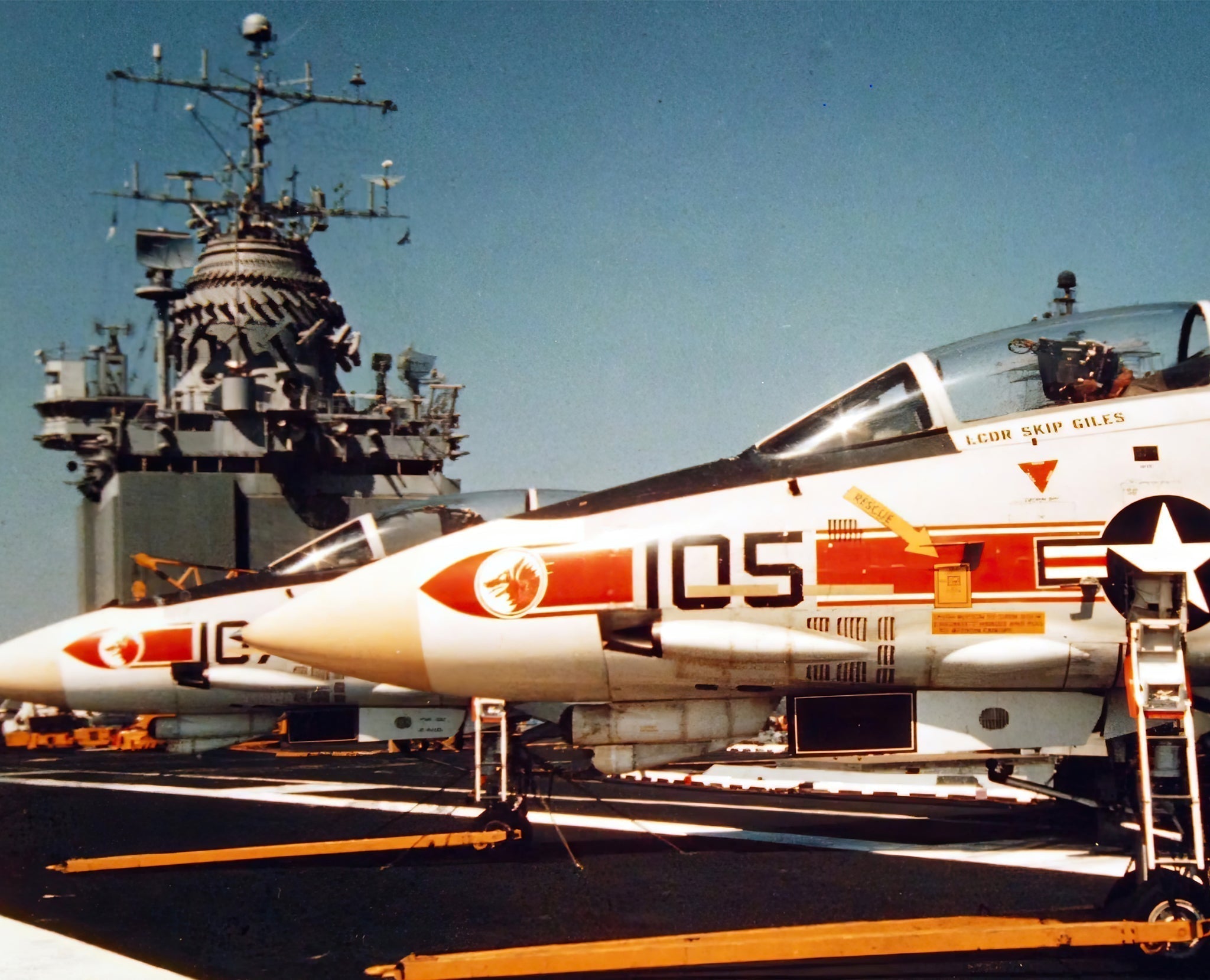The F-104 Starfighter, standing out with its distinctive sleek design, holds a cherished spot in the world of aviation. It’s easy to see why many flight buffs fondly refer to it as the “missile with a man in it.” This remarkable machine embodies the sheer genius of aviation craftsmanship and an unyielding drive toward mastering the winds. As we peel back the layers of its creation, we uncover a story brimming with engineering marvels and aerodynamic magic. So, let’s embark on this journey to unravel the captivating saga behind the F-104’s design and prowess.
The Need for Speed
Post-World War II, as the dust settled and the era of jet propulsion was truly beginning to take flight (pun intended), there arose an insatiable need for speed. Aircraft designers across the globe were pushing boundaries, striving for that elusive Mach 2 mark. Lockheed’s answer? The F-104.
The Thin Wings and their Tale
Perhaps the most striking feature of the F-104, even to the layperson’s eye, is its razor-thin wing. At merely 7 feet long and with a leading edge as sharp as a knife, these wings were not designed for prolonged dogfights or low-speed maneuvering. Instead, they were honed for high-speed interception and swift altitude climbs.
Their thin profile reduced drag, enabling the F-104 to attain and maintain impressive speeds. But with speed come challenges. The wings were constructed from a titanium alloy to counter the inevitable heating resulting from air friction at such velocities, providing strength and heat resistance.
T-Tail Design
Another standout design feature of the Starfighter is its T-tail. This isn’t mere aesthetics at play; there’s a compelling aerodynamic rationale behind it. A T-tail keeps the horizontal stabilizer away from the turbulent wake of the wings, thereby ensuring it operates in relatively undisturbed air. This enhances stability, especially at high speeds. Furthermore, the T-tail design can give the pilot better control authority in a potential stall scenario, allowing for quicker recovery.
The Mighty J79 Engine
Discussing the F-104’s engineering would only be complete with mentioning the powerhouse that propels it – the General Electric J79 turbojet engine. With its afterburner, this beast could thrust the Starfighter past Mach 2, a spectacular feat for its time. The engine’s innovative design used variable stator vanes to optimize performance across different flight regimes.
Compromises and Lessons
Of course, like any engineering marvel, the F-104 was not without its quirks. Its high landing speed, a direct consequence of those thin wings, made it a handful for even seasoned pilots. The Starfighter’s accident rate, particularly in some NATO air forces, earned it various unflattering nicknames. Yet, it taught the aerospace community invaluable lessons about managing trade-offs, a lesson that still resonates in today’s era of fifth-generation fighters.
The F-104 Starfighter, in all its glory and flaws, remains a shining example of aerodynamic prowess and engineering audacity. Its silhouette is unmistakable, and its contributions to aviation history are profound. Through the lens of aerodynamics and engineering, we gain insight into the aspirations and challenges aircraft designers face in a pivotal era. The Starfighter serves as a soaring reminder that in the quest for the skies, it’s not just about how high you can fly but how you navigate the journey.
For more insights into the F-104 Starfighter and other important military aircraft, visit Aces In Action. Here, you’ll find an amazing piece of artwork by Craig Tinder titled “Shooting Star” that illustrates the F-104 Starfighter. This high-performance, supersonic air superiority fighter flew as a frontline fighter worldwide for nearly five decades. The limited edition canvas print includes a relic fragment removed from an F-104 map and data case in the aircraft’s cockpit.
Shooting Star – F-104 Starfighter Aviation Art by Artist Craig Tinder
Climbing high above George Air Force Base, Col. Donald Wolf of the 434th Tactical Fighter Squadron, known as the “Red Devils,” aims his F-104C towards the heavens on an early October morning in 1958.






Share:
Military Aviation Post-9/11: Transformation, Adaptation, and Modernization
Behind the Scenes: Maintenance and Challenges of Keeping the Apache Flight-Ready